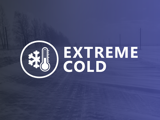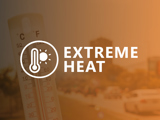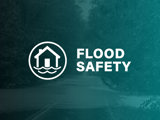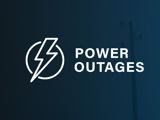You should be prepared to take care of yourself and your family for a minimum of 72 hours during an emergency. You should also understand the basic principles of first aid and safety.
- Make an emergency plan and an emergency kit.
- Install a non-electric standby stove or heater.
- Ensure your chimney is cleaned every fall if you have a wood-burning fireplace to use.
- Know the power requirements and proper operating procedures for your home generator.
- Make sure your home has a working carbon monoxide detector with a battery-powered back-up.
- Protect sensitive electrical appliances such as TVs and computers by using a surge-protecting powerbar.
- Have items on hand that do not require refrigeration, such as shelf-stable foods, including canned goods and water. Remember to check expire dates and replace these emergency storage food items periodically.
- Make sure to have ready-to-use baby formula and pet food, if needed.
Learn more about what to do BEFORE a power outage.
People with disabilities or others requiring assistance
For those living with a physical, visual, auditory and/or other non-visible disability, emergency preparedness should also involve incorporating individual accommodations into their family emergency response plan. Consider how you may be affected in a power outage, including:
- Your evacuation route — without elevator service (if applicable).
- Planning for a backup power supply for essential medical equipment.
- Keeping a flashlight and a cell phone handy to signal for help.
- Establishing a self-help network to assist and check on you during an emergency.
- Enrolling in a medical alert program that will signal for help if you are immobilized.
- Keeping a list of facilities that provide life-sustaining equipment or treatment.
- Keeping a list of medical conditions and treatment.
- If you live in an apartment, advise the property management that you may need assistance staying in your apartment or that you must be evacuated if there is a power outage. This will allow the property manager to plan and make the necessary arrangements on your behalf.
Review the Emergency Preparedness Guide for People with Disabilities.











